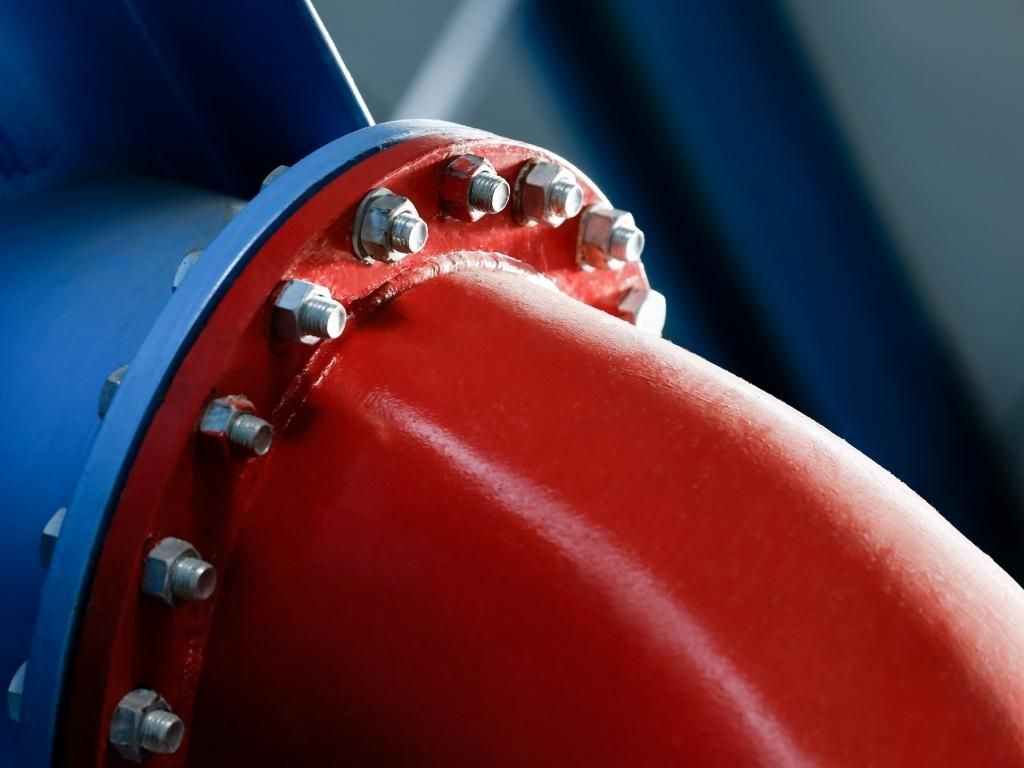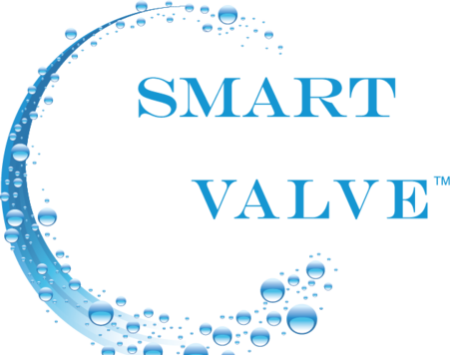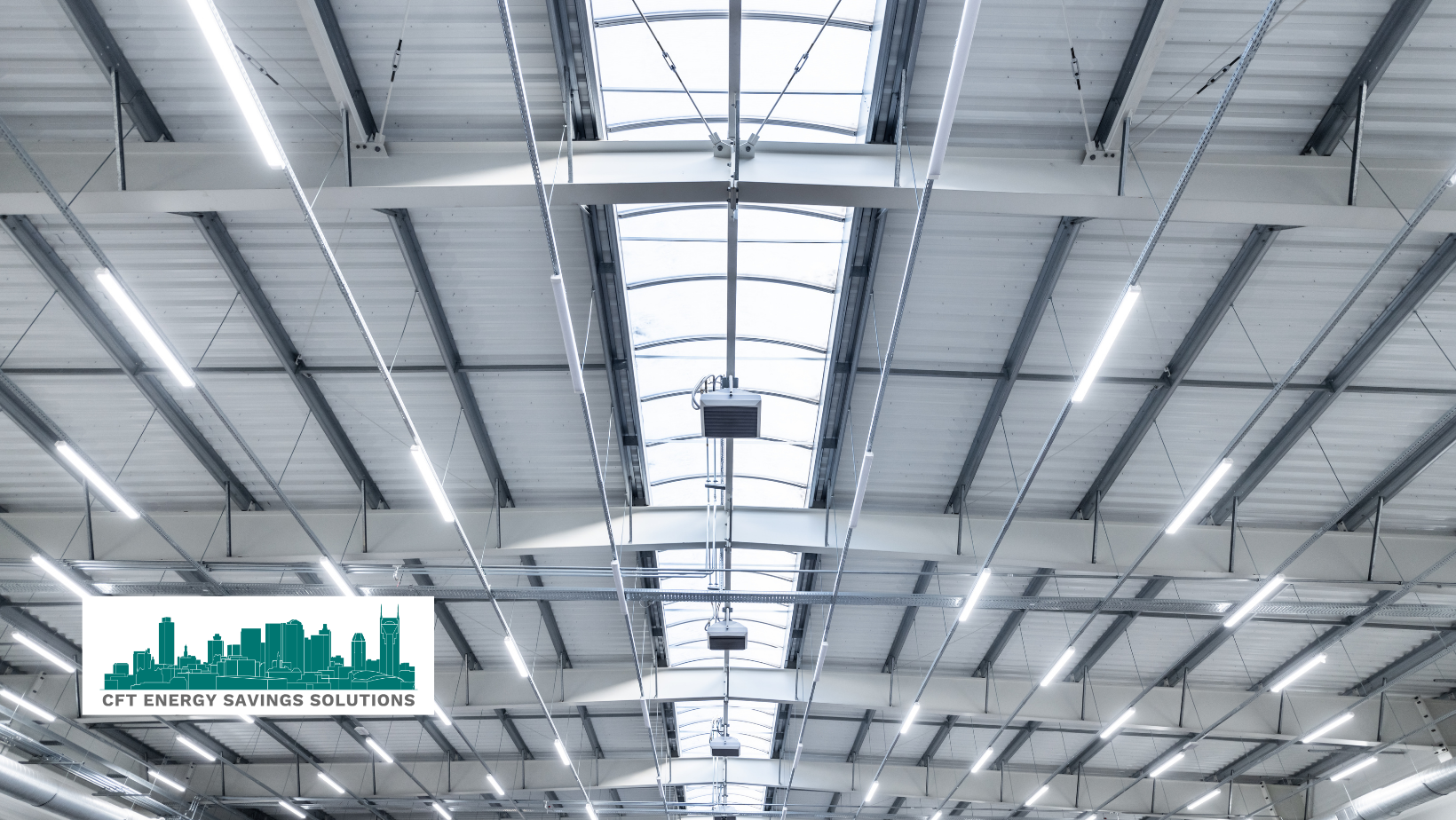
In the realm of facility management, efficiently managing water systems is crucial. Traditional methods of water monitoring are often insufficient for preventing costly damage caused by leaks, bursts, or broken pipes. Thankfully, advancements in artificial intelligence (AI) and machine learning are transforming how water systems are monitored and managed, allowing for real-time responsiveness and improved efficiency.
The Evolution of Water System Management with AI
Modern AI-enabled water management systems, like those developed by CFT Energy Savings Solutions, leverage deep learning techniques to analyze water usage data extensively. This analysis enables the detection of inconsistencies and potential problems without the need for manual meter checks or extensive pipe inspections.
CFT’s innovative systems adapt to specific local usage patterns, providing facility managers with instant alerts about any anomalies in water consumption. This quick detection capability is key to identifying issues such as waste or system malfunctions early on, saving time and resources in the process.
AI at the Core of Water Management
CFT’s technology utilizes IoT-enabled, AI-powered devices that simplify the complexities of water management. These devices perform real-time flow analyses, monitoring water consumption patterns and detecting any deviations from the norm. With high-speed, optimized cellular data connections, these units are always connected and always monitoring.
Once installed, CFT devices employ advanced machine learning algorithms to understand the normal water flow within a facility—down to specific details like water usage in pools, kitchens, and bathrooms, and the timing of these uses. By comparing your facility’s water usage against a comprehensive database of typical water use cases, CFT systems can establish precise baselines for what’s expected and identify any unusual patterns.
Real-Time Problem Solving and Sustainability
One of the key benefits of implementing AI in water management is the ability to address problems as they arise. Whether it's a pool that’s not filling correctly or a sudden spike in usage from an unexpected source, CFT’s AI algorithms can quickly pinpoint the issue, allowing maintenance teams to act fast.
Furthermore, with sustainability becoming increasingly important, reducing water waste is a priority for many businesses. Unaddressed leaks that seep into sewage systems or escape outdoors can represent over 25% of total water consumption. CFT’s machine learning tools provide the necessary real-time data to significantly cut down on water wastage.
CFT’s Impact in Action
Consider a hypothetical example similar to the approach taken by a large casino resort, which implemented CFT’s smart water-metering devices. After installation, these meters monitored several months of water usage to establish normal consumption patterns. When the system detected anomalies, CFT immediately alerted the maintenance staff, enabling quick action long before traditional methods would have flagged the issue.
This proactive approach not only prevents severe water damage but also supports facility managers in their efforts to maintain efficient, sustainable operations. CFT’s devices can even be programmed to automatically shut off water in emergency situations, adding an extra layer of security and prevention.
The All-in-One Solution for Water Management
CFT’s comprehensive water management solutions harness the power of machine learning and AI to assist facilities in conserving water and preventing costly damages due to leaks. By integrating these advanced technologies, facility management teams can transform their water management practices, enhance operational efficiency, and lead the charge in sustainable facility operations.
Start Saving Today
Unlock
25% OFF bundled services for a limited time when you combine.
- SmartValve™
- PowerHouse™
- PacketPower Metering
- BuildingLogic™ Continuous Commissioning
CFT’s breakthrough energy solutions boost net operating income and increase property value — from
day one.
Sustainability starts here. So does your savings. Click below to schedule your energy savings consultation.













